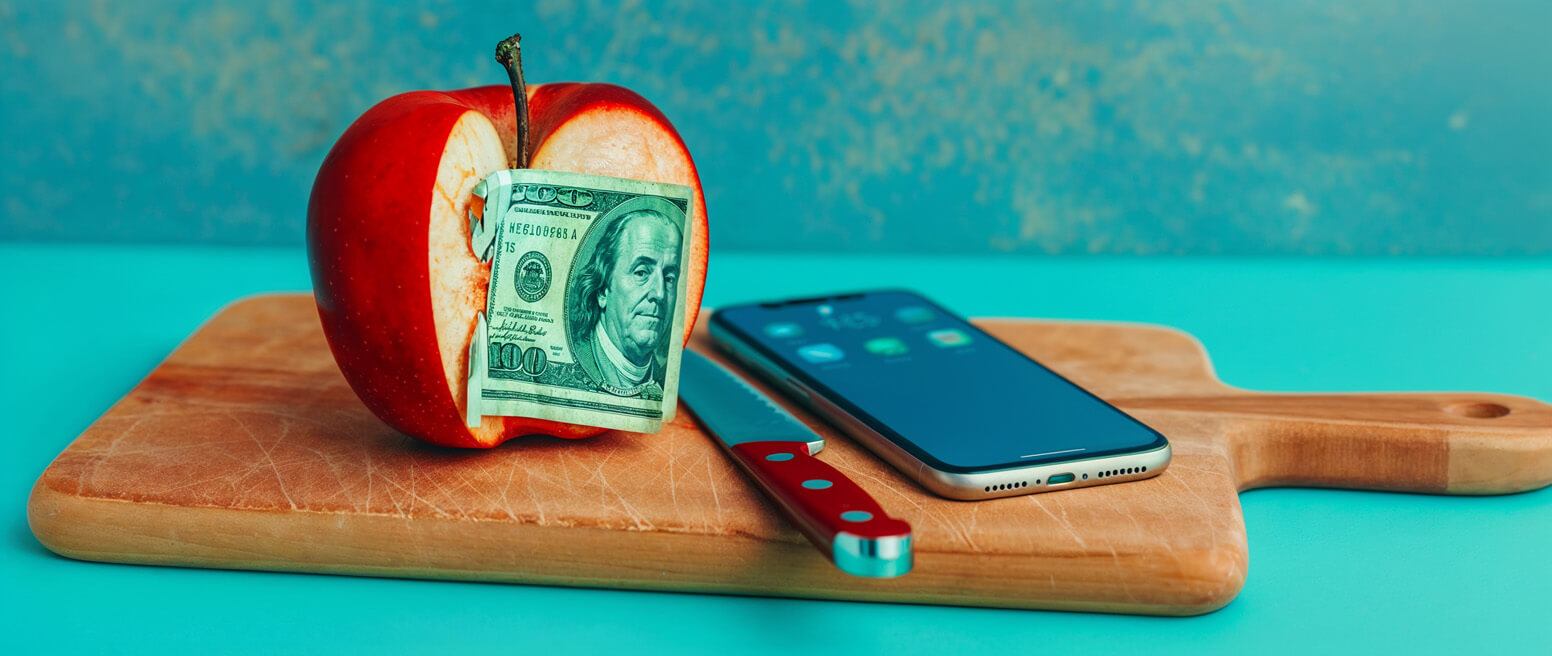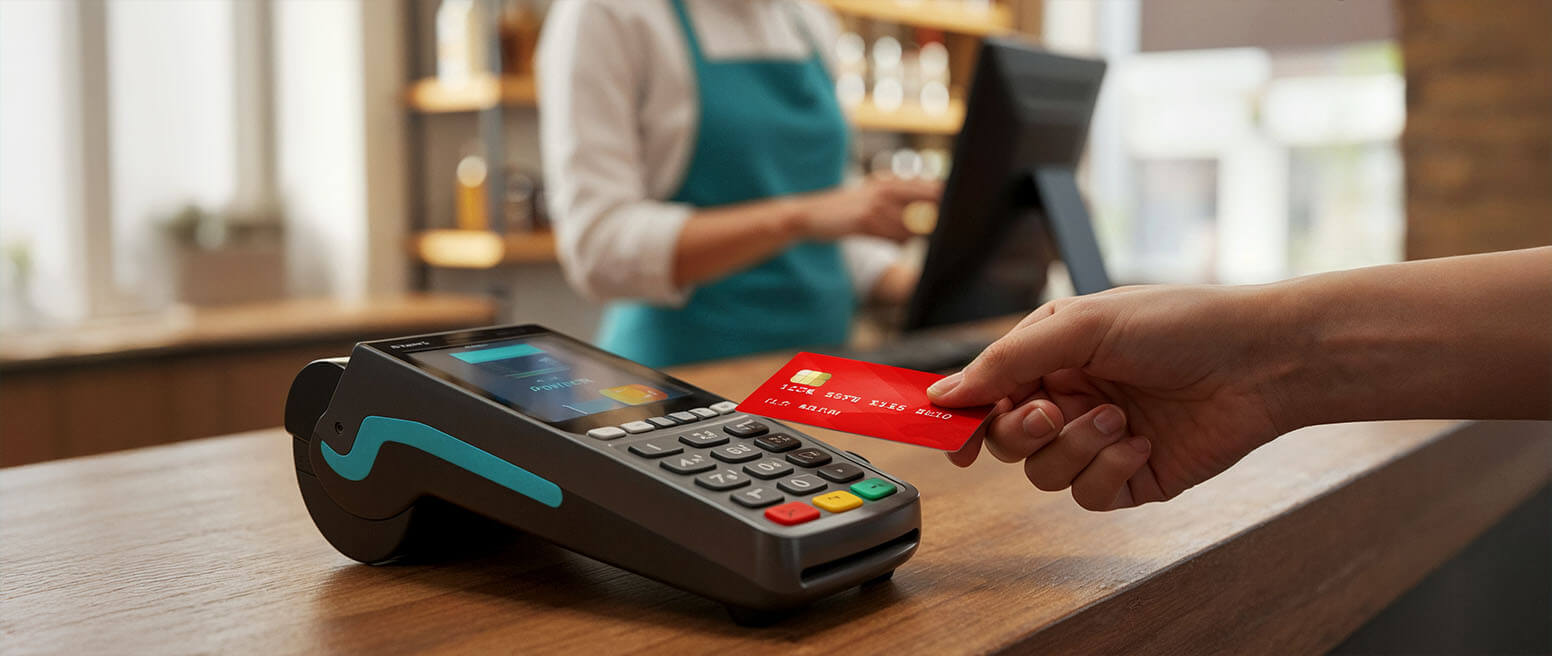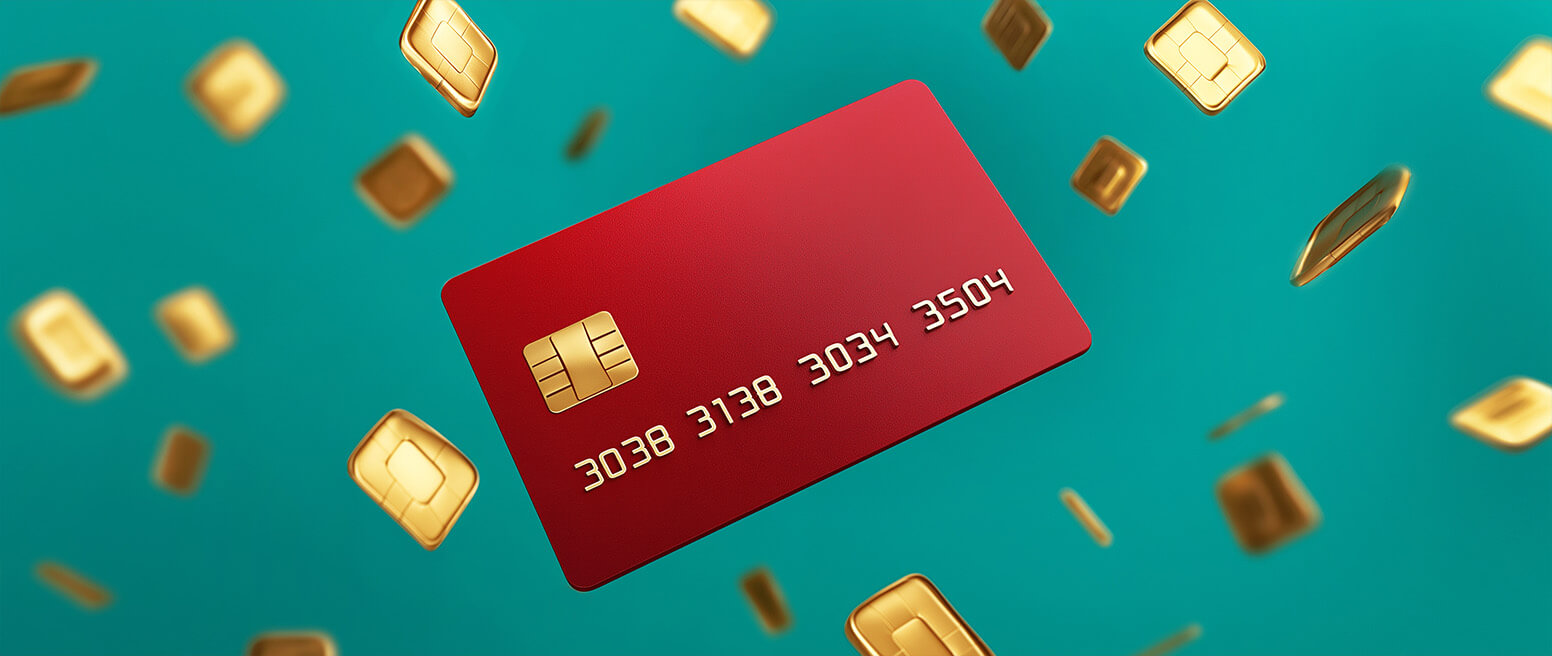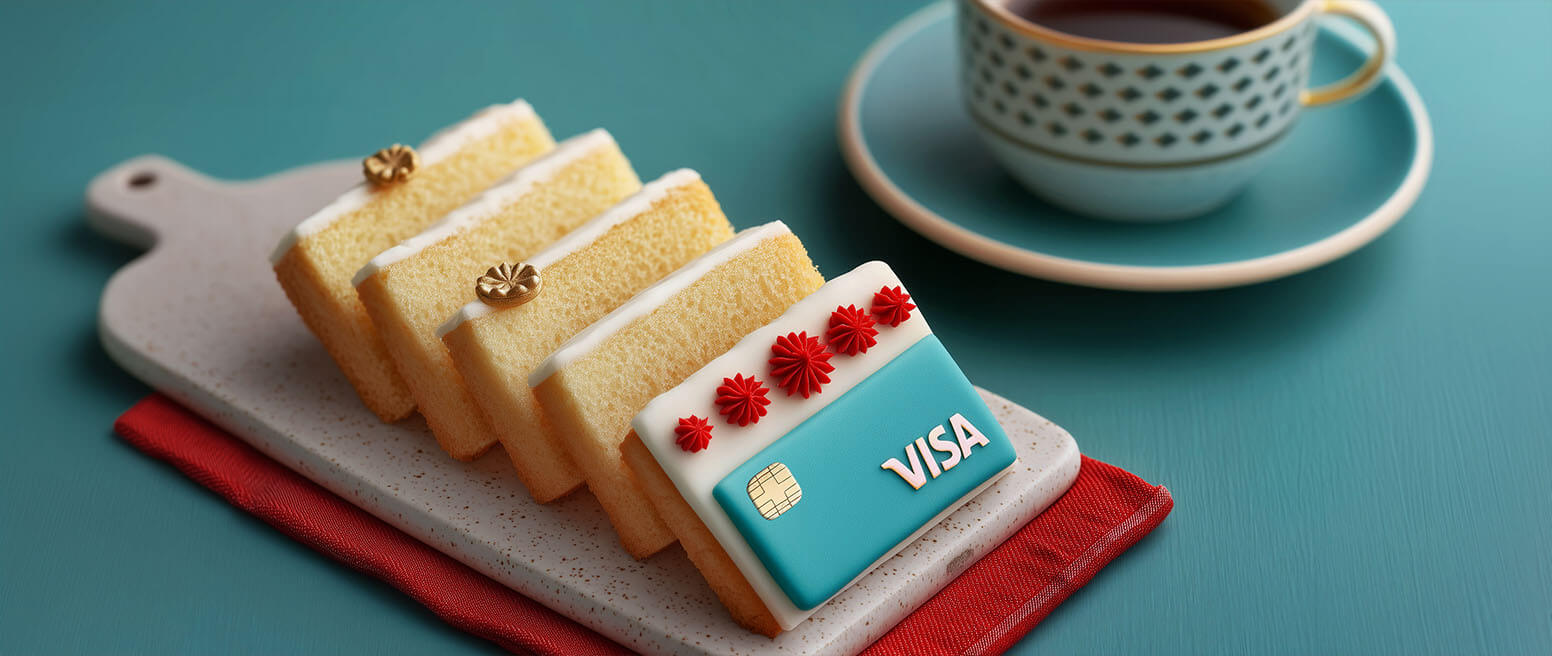Can Users Dispute Apple Pay Transactions? How Does The Process Work?
Apple Pay is more than just a convenient and secure option for digital payments. It serves as the benchmark for all digital payment apps, and has exploded in use since the covid-19 pandemic.
It dominates the mobile wallet space, holding 92% market share, according to data from Capital One Shopping. As of 2023, 12.6% of all online consumer payments and 3.1% of all in-store purchases were made using the app.
As secure as Apple Pay may be, though, issues can still arise. A bad actor may get access to your device and use the app to make unauthorized purchases. Or, maybe a purchase was authorized, but the seller didn’t live up to their promises. It’s important to know how to dispute Apple Pay transactions when these or other issues come up.
Today, we’re going to dive into the process, including a step-by-step guide to how the process works.
Recommended reading
- How to Use a Contactless ATM & Where to Find Enabled Devices
- What is EMV Bypass Cloning? Are Chip Cards Still Secure?
- Terminal ID Number (TID): What is it? What Does it Do?
- Point of Sale Systems: How to Get More From Your POS Machine
- What is EMV Technology? Definition, Uses, Examples, & More
- Visa Installments: How it Works, Benefits, & Implementation
Can You Dispute An Apple Pay Transaction?
Yes, you can dispute Apple Pay transactions when there are problems with purchases. But, you need to make sure you have a valid reason for a dispute first. Examples of valid dispute reasons include:
A couple of important points here, though. First, you’re expected to reach out to the seller and try to resolve the issue with them first. A dispute would be allowable if you were unable to resolve the issue with the merchant first.
Also, be aware that disputing a transaction does not necessarily guarantee that you’ll get your money back. If the bank doesn’t think your claim has solid grounds for a dispute, they can reject it.
How Does The Apple Pay Dispute Process Work?
The process to dispute Apple Pay transactions is the same as with any transaction conducted using a credit or debit card.
You might be a little surprised by that. But, you need to remember that Apple Pay is not a some independent payment ecosystem. It’s a digital wallet; it stores cards just like a physical wallet does. So, even when you check out using one of the cards stored in your digital wallet, you’re still using that card, not Apple Pay. This means you’ve got to contact the bank to dispute Apple Pay transactions, rather than Apple.
If you need to dispute an Apple Pay transaction, you’ll need to contact your bank’s customer service department; not Apple customer service.
The standard dispute process includes the following steps:
Invalid Reasons to Dispute Apple Pay Transactions
We touched on a few of the valid claims you can make to dispute Apple Pay transactions. But, did you know that a lot of cardholders file chargebacks without a valid reason to do so?
This can happen for a lot of reasons. In many cases, it’s a simple misunderstanding. For example, maybe you:
- couldn’t recognize the seller’s billing descriptor on your statement.
- forgot about a recurring payment.
- requested a refund, but it took longer than expected.
- are not clear on how chargebacks differ from refunds.
- simply forgot about the purchase.
- inquired about a charge, and the bank initiated a dispute on your behalf.
A dispute would not be appropriate in any of the the situations outlined above. But, it’s easy to understand how someone might get confused and make an honest mistake. That said, merchants are seeing more and more problems with cardholders — Apple Pay users included — that knowingly abuse the chargeback process.
Are There Consequences for Filing Invalid Disputes?
In short: yes.
You can see adverse consequences for filing invalid chargebacks. First, merchants get with hit with unnecessary fees and administrative work, which can strain your relationship those businesses. You might get blacklisted by merchants, meaning they’re refuse to do business with you again in the future.
If your bank picks up on a pattern of bad chargeback requests, it could lead them to exercise more scrutiny over your future transactions. They may eventually decide to put a temporary freeze on your account, or even close your account outright. Suddenly finding yourself without a bank account would be a big problem. It could even impact your credit score, making for serious long-term consequences.
Consequences of Falsely trying to dispute Apple Pay transactions:
- Loss of any refunds or disputed funds
- Fees and penalties if disputes are ‘won’ by merchants after investigation
- Loss of standing with your bank or card network
- Your account might be forcibly closed
- Damage to your credit score
The dispute process is an important consumer protection tool. But, you need to understand the difference between valid and invalid reasons to file chargebacks.
Make Your Case as Strong as Possible
So, you’re confident that you’ve got a valid reason to dispute an Apple Pay transaction. How can you make your case as strong as possible before presenting it to the bank?
Here are a few tips that can help you make the best argument possible for getting your money back:
Know The Facts
Understand the specifics of the situation by gathering all relevant information. This includes your account numbers, the merchant’s contact information, details about the transaction, and the reason why you decided to dispute it.
Get Your Documents In Order
Your bank might ask to see paperwork related to the transaction. Gather anything you can that shows the merchant did not fulfill their obligations in the transaction. For instance, photos from the product listing, images of damaged items, screenshots of conversations with the merchant, discrepancies on your statement, and any other relevant documentation.
Make a Strong Case
Draft up a short, succinct letter (or email) that clearly outlines the specifics of your case. Stay clear of petty remarks, insults, or allegations. Keep it straightforward by focusing on the facts and incorporating your supporting evidence.
Watch the Clock
The timeframe for filing disputes can differ depending on the reason code. Generally, buyers have up to 120 days from the date of purchase to initiate a chargeback. However, under certain circumstances, this period can extend up to 540 days.
It’s not hard to dispute Apple Pay transactions. The bank is on your side; they want to help if you’ve been the victim of fraud or abuse. Just make sure your case is well-founded, and that you’ve got the proof you need to back up your claim.
FAQs
Can you dispute an Apple Pay payment?
Yes, you can dispute an Apple Pay payment. The process typically involves contacting your bank to initiate a chargeback and providing evidence to support your claim.
Can I reverse an Apple Pay transaction?
Yes, you can reverse an Apple Pay transaction, but you typically need to contact your bank to start the process. Your bank will guide you through the necessary steps, which may involve providing documentation and evidence supporting your request.
Can you refund an Apple Pay transaction?
Yes, you can refund an Apple Pay transaction, but the process usually needs to be initiated at the point of sale or through the merchant where the purchase was made. If the merchant agrees to the refund, it will be processed back to your Apple Pay account.
How do I contact Apple to dispute a transaction?
Rather than contacting Apple, you should actually contact your bank instead. They will be able to assist you with initiating a dispute and gathering the necessary evidence to support your claim.
How to get money back from Apple Pay if scammed?
If you have been scammed using Apple Pay, you should immediately contact your bank to report the fraudulent transaction and initiate a chargeback. Ensure you provide all necessary documentation and evidence to support your claim, as this will help expedite the resolution process.
How do I get my money back from Apple Pay if sent to wrong person?
To get your money back from Apple Pay if you sent it to the wrong person, you should first try to contact the recipient and request a return of the funds. If the recipient does not cooperate, contact your bank as soon as possible to report the issue and seek further assistance in recovering your money.
















